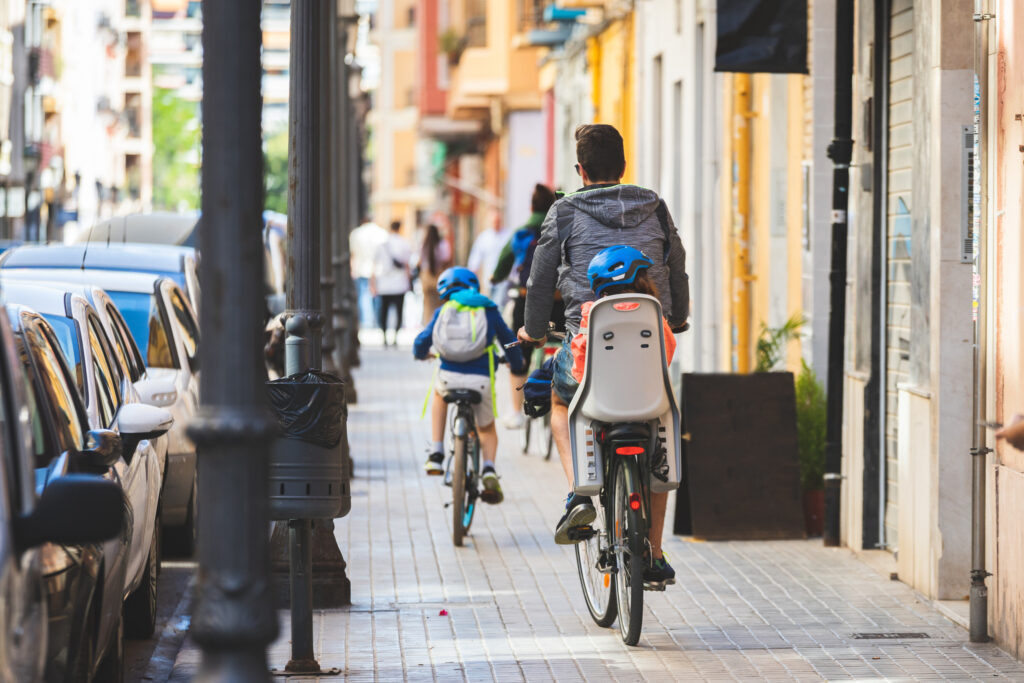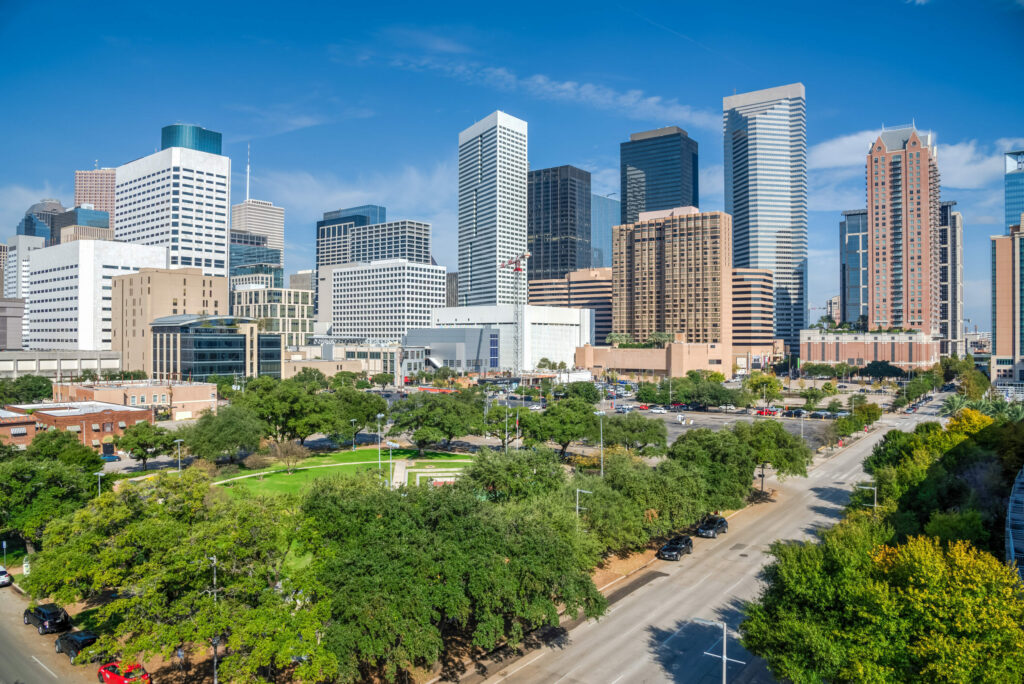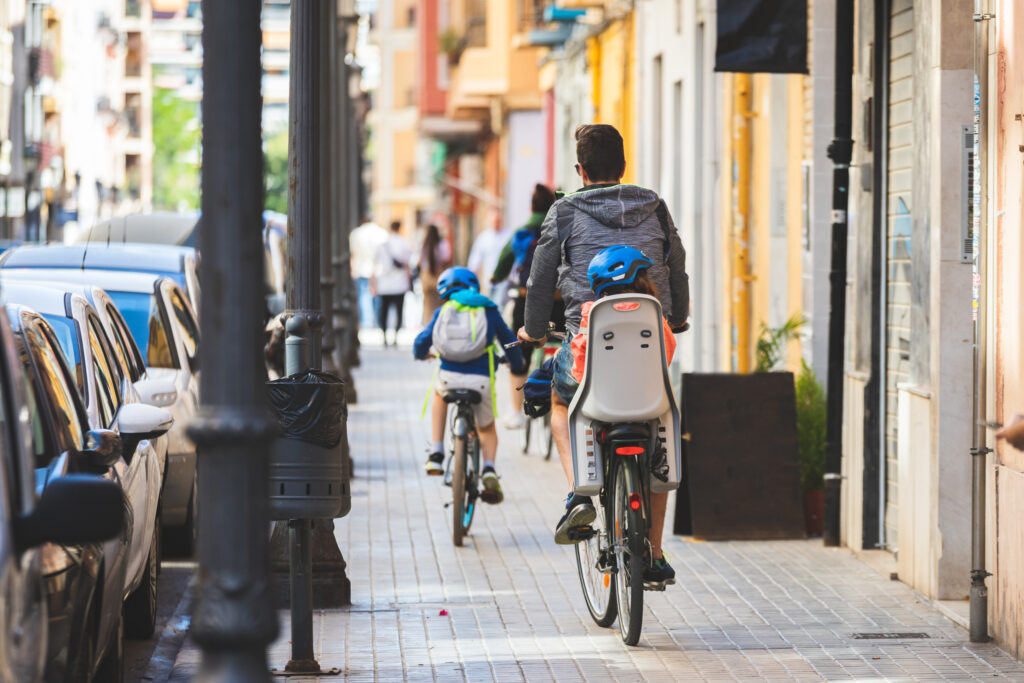UITP: 140 years of mobility and one question that remains as relevant as ever
Before the Summit in Hamburg begins, it is worth taking a closer look at what UITP is.

Cities of the future are cities for people
MOHAMED MEZGHANI, UITP SECRETARY GENERAL talks about the vision for the future of public transport, developed with the urban dwellers in mind as well as the impact on the transport of the pandemic and the opportunity for change in the sector.
WHAT SHOULD PUBLIC TRANSPORT IN THE CITIES OF THE NEAR FUTURE LOOK LIKE?
Cities of the future are cities for people. For a century, cities have been built for cars, to facilitate their movement and parking. It has been done by dedicating a large part of the urban space to cars. This crisis, and in particular during the lockdown, has shown the huge space spoiled to move cars.
It’s time to change this paradigm of mobility and start moving people instead of moving cars. This will only be possible by giving the priority to walking, cycling, and public transport. And by public transport I don’t just mean mass transit by also shared and on-demand mobility solutions.

MEANING?
We must redefine public transport beyond mass transit. That’s the only way to control car use, not to say car ownership. In doing so, we will be in a position to offer citizens the right mode at the right time according to the purpose of the trip. It will be possible for them to combine the various mobility options for an optimal planning of their trip wherever they are and at any time.
In this context, vehicle manufacturers will have a key role to play because they are the ones supplying this variety of modes from the shared car, bike or scooter to the on-demand van and of course the conventional public transport modes.
Vehicles will have to be user-friendly, zero-emissions and flexible in use in crowded city streets but in low density peripherical areas too.

HAVE PASSENGER EXPECTATIONS CHANGED DURING THE PANDEMIC CRISIS?
What the coronavirus pandemic has shown us is how essential public transport is to guarantee access and continuity of basic services. During the lockdown, all over the world, the public transport supply was maintained to ensure the mobility of essential front-line workers. In fact, this reliability may have increased during the pandemic, as people could take their local tram, metro, bus, or train to get to medical appointments, to purchase their groceries, visit family in need. I think this is exactly the expectation of public transport – to provide the best service possible for moving around our cities. It cannot be about simply moving from one point to the other. We must offer multiple mobility solutions for our city residents so public transport is always the most logical choice to move around.
This pandemic crisis has also taught us about the importance of the internal layout of vehicles in a way to optimise occupancy while keeping some distancing between people. Also the progress made in the field of maintenance and flexibility of operation will be very important. But vehicle suppliers will not be just manufacturers but partners with the transport operators and authorities in developing new services and user-friendly solutions. Their capacity to tailor-make industrial solutions to the diversity of the demand will be key in the cities of the future.
ACCORDING TO ESTIMATES OF THE UNITED NATIONS, BY 2050 SOME 68 PERCENT OF THE WORLD POPULATION WILL LIVE IN CITIES. THIS MEANS THAT THE ALREADY EXISTING PROBLEMS RELATED TO AIR POLLUTION, CONGESTION OR SHORTAGE OF PARKING SPACE MAY BE EXACERBATED IN THE FUTURE.
With more half of the world’s population already living in urban areas we must make sure that our cities adapt to population grow and become as liveable, accessible, and healthy as possible: public transport plays a huge part in this.
What we also know is that the existing problems you refer to, such as air pollution and congestion, need to be tackled, regardless of population growth. Although with less movement on our roads the air in our cities has become cleaner, a more permanent solution to this in a post-pandemic world is to move more people on to public transport from singular vehicle journeys. Public transport helps to contribute to making the air in our cities cleaner, by lowering emissions, and as population numbers grow, we must continue to address this. The future of transport in our cities is there for us to determine together. If we go back to the same ways as before, then this will not result in any form of successfully building back better.

SO HOW TO ENCOURAGE CITIZENS TO USE PUBLIC TRANSPORT?
For promoting the safety and usage of public transport image and information are vital. It is It’s extremely important to make people aware not only that it’s safe to use public transportation, but also how present it has remained for city life.
We want to remind of the benefits of using public transport for the climate, economy, jobs, social cohesion, urban space and health. The economic benefits of public transport are five times higher than the money invested in it and public transport unlocks positive effects in the wider economy by connecting people across all walks of life.
Public transport provides a higher quality of life for all city dwellers, while cities have to serve the people first. It is the sustainable option for city living and improves our health and reduces health expenditures, as well as helping to address the ongoing climate crisis across the globe. These objectives are rooted in science, research and data and the positive communication of this is so very important.
Public transport plays a crucial role in local development, offering mobility to all and maintaining territorial and social cohesion, leaving no one and no place behind after the crisis.
Before the Summit in Hamburg begins, it is worth taking a closer look at what UITP is.
Learn more about the changes introduced by GSR2 and how they contribute to protecting all road users.
BRT in Aalborg: the city's solution for enhancing urban transport – what makes it so effective?